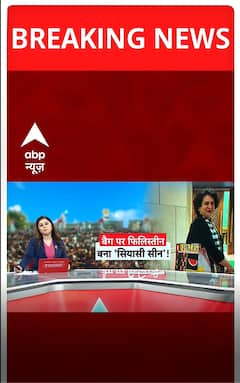Vehicle Ownership Soars Among India's Poorest: From 6% In FY12 To 40% In FY23
The data shows a remarkable increase in vehicle ownership within the bottom 20 per cent of the population from fiscal year 2011-12 (FY12) to fiscal year 2022-23 (FY23)

Vehicle ownership among India's poorest households has surged over the last decade, according to data shared by Shamika Ravi, a member of the Economic Advisory Council to the Prime Minister (EAC-PM). The data shows a remarkable increase in vehicle ownership within the bottom 20 per cent of the population from fiscal year 2011-12 (FY12) to fiscal year 2022-23 (FY23).
In FY12, only 6 per cent of the poorest households in India owned a vehicle. By FY23, this number had jumped to 40 per cent, Ravi revealed in a post on X, formerly known as Twitter. Alongside the national data, Ravi also provided insights into state-wise trends.
Punjab led the surge in vehicle ownership among the rural poor, with the proportion rising from 15.5 per cent in FY12 to 62.5 per cent in FY23. The state's urban poorest households saw an even greater increase, from 14 per cent to 65.7 per cent during the same period.
The last 10 years have been economically remarkable for the poorest 20% of Indian population. Here’s one important marker: the proportion of poorest households that owned a vehicle (motorcycle/scooter,car/jeep)-
— Prof. Shamika Ravi (@ShamikaRavi) August 22, 2024
2011-12: 6%
2022-23: 40%
State-wise growth is even more fascinating! pic.twitter.com/rsX7FEUBST
Karnataka followed closely behind, with rural vehicle ownership jumping from 3.3 per cent to 56.6 per cent over the 11-year span. Urban areas in Karnataka saw a similar trend, with vehicle ownership rising from 11.1 per cent to 61.3 per cent.
Rural Maharashtra also saw a notable increase, with the poorest households witnessing vehicle ownership rates climb from 4.1 per cent to 45.1 per cent.
However, India's eastern states recorded slower growth. In Assam, vehicle ownership among the rural poor rose from less than 1 per cent to 9.6 per cent, while in urban areas, it increased from 1 per cent to 15.2 per cent. Bihar's rural poorest saw an uptick from 1.8 per cent to 19.1 per cent, with urban rates increasing from 6.1 per cent to 16.8 per cent. Meanwhile, West Bengal reported growth from less than 1 per cent to 11.3 per cent in rural areas and from 1 per cent to 15.2 per cent in urban regions. For the purpose of the data, vehicles are defined as cars, jeeps, motorcycles, and scooters.
Trending News
Top Headlines






































